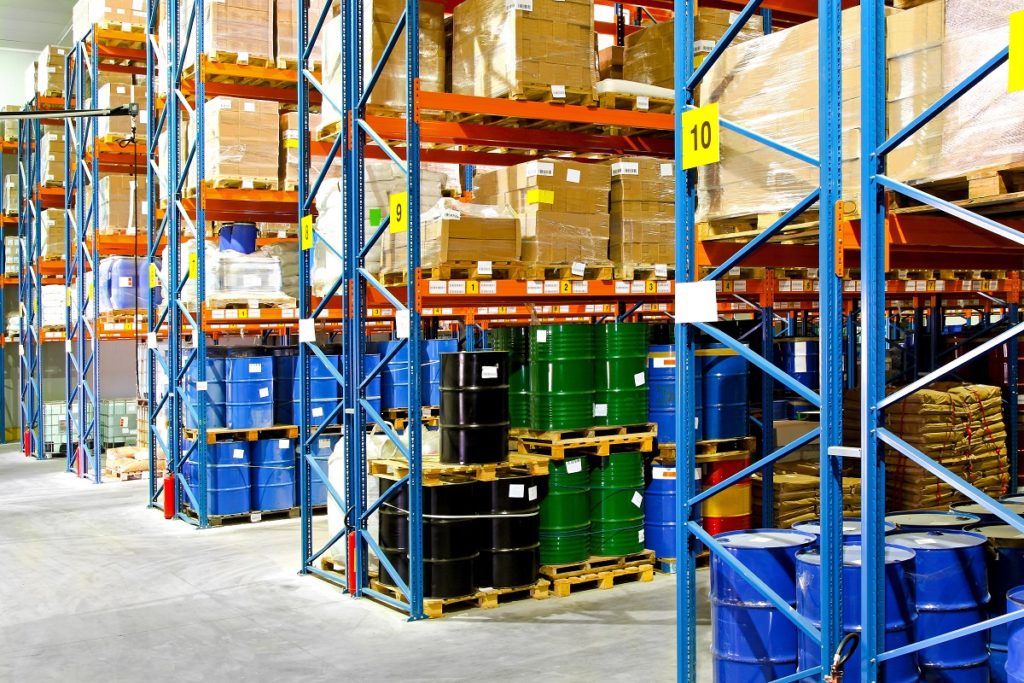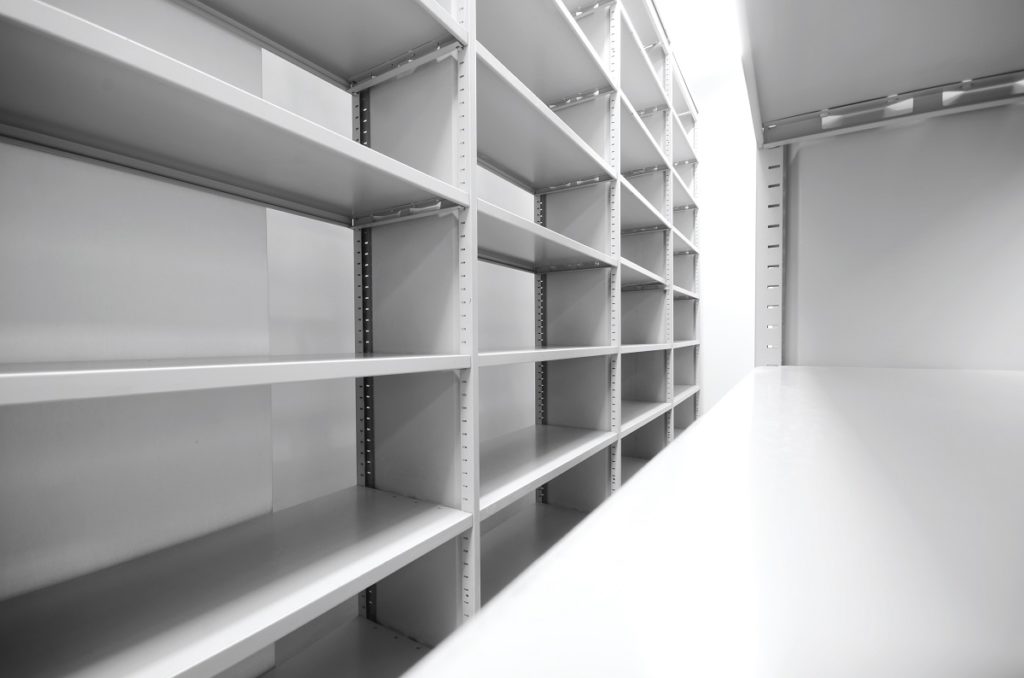If you have ever bought a car, you have probably noticed price differences for similar-looking car models. Oftentimes, the difference is in small design elements that improve things like the car’s payloads. Of course, the better option will be priced higher. This same idea can be seen in steel racking.
Reputable fabricators, such as Suerte Steel Corporation, know that from the surface, different steel racking solutions look the same. For example, there are similar heavy bolts or identical bracing. One can easily assume that they can perform the same tasks, especially if they appear to have the same capacities. The truth of it, though, is that a rack is usually made for a certain load. Therefore, in your selection, there are five elements that you will need to consider:
1. Rack Material
For example, in a storage facility for heavy items, the types of steel in the arms, shelf beams, and columns will affect how the racking system works. Standardly shaped beams can handle heavy weights while resisting handling damage. Cold-rolled steel will support the mass but will be easy to damage. When damage occurs, it will cave in. In a racking system, deflection is normal depending on the amount of weight on the system. However, if a weak form of steel is used, the deformation will become permanent.
2. Hardware
To create a sturdy racking system, the columns, arms, and beams have to be connected with strong hardware. This is particularly important with cantilever systems that need to be able to offer storage for long materials. They typically have one arm and a column at the center. The bolts used will also contribute to the system’s integrity. You need bolts with huge hex heads to give a bearing surface for load distribution. The threaded part of the bolt also needs to be engineered to take the weight. In most cases, they are galvanized.
3. Effectiveness of Loading
 100% load utilization is a term used a lot with cantilever racking which means that all arms get their maximum weight at the same time. The point is to maximize the use of the design. In most cases, a manager thinks that it is impossible to use all arms at their maximum and that this element tests their functionality. One must always remember that the total maximum capacity for one of the arms must match the column and the base. A rack made to carry weight on two sides must be able to support loads that are uneven.
100% load utilization is a term used a lot with cantilever racking which means that all arms get their maximum weight at the same time. The point is to maximize the use of the design. In most cases, a manager thinks that it is impossible to use all arms at their maximum and that this element tests their functionality. One must always remember that the total maximum capacity for one of the arms must match the column and the base. A rack made to carry weight on two sides must be able to support loads that are uneven.
4. Load-Bearing Ability of the Racks
When storing heavy-duty material, it may be difficult for one to know what weights, sizes, and shapes they will have in the future. To help with this, the rack must be designed to carry the full load regardless of its position. Manufacturers often adjust the widths, angles, and sizes of the supports so that the point considered weakest can carry the heaviest load.
5. Beam Welding
Arms and beams must always be welded to protect them from damage. Welding on the beam’s perimeter will increase the weight it can support. In most cases, it is the side webs or the flange that is not welded.
Rack manufacturers form their designs with different materials and methods. Understanding how each affects the loading capacity, safety, and durability works in your favor. That way, you can specify elements in your system as you order.

